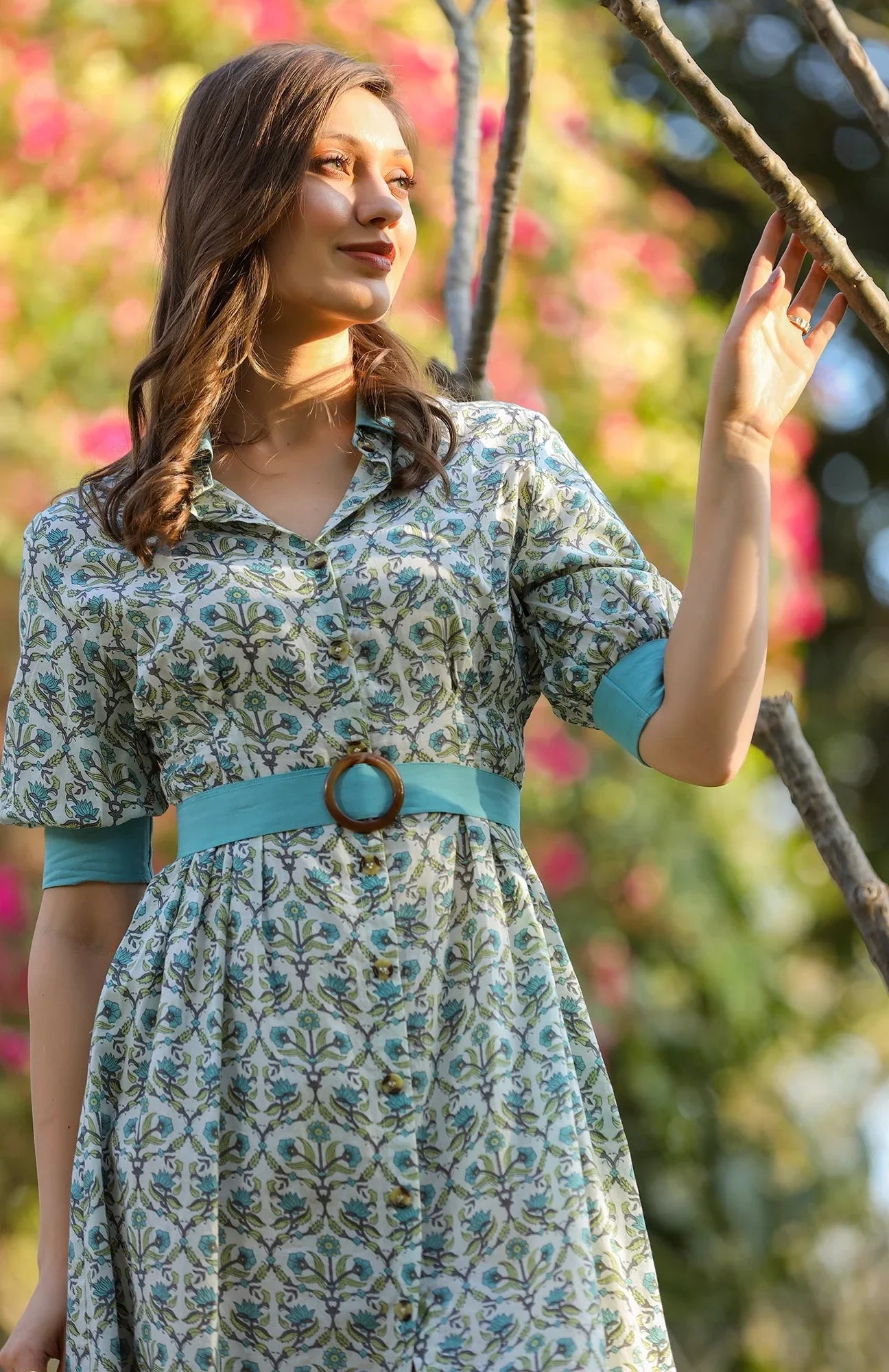There is a growing sense of concern amongst masses about waste in the fashion business, and for good reason. Why is there so much waste? What is the remedy? And what can we, as consumers do?
A truck load of textile is burned or dumped in landfill every second. Because of excessive production, high consumption, and difficult end-of-life options, waste is an issue in every aspect of the fashion business.
The fashion sector is believed to generate 92 million tonnes of textile waste per year. Additionally, it is predicted that the amount of textile waste produced annually would rise to about 60% between 2015 and 2030, from 57 million tonnes to a total of 148 million tonnes annually. These statistics are not only alarming but extremely scary.
More than 1⁄2 a million tonnes of microfiber contamination from the clothing industry end up in the ocean, which is equivalent to 50 billion plastic bottles.
A global issue that affects everyone in the globe is plastic trash, which is a component of fashion waste. Not only does it bring hell upon the ecosystem, it also takes quite a toll on local tourism.
The sector is currently engaged in a significant supply and demand conflict due to the pressure of social media. However, fulfilling one's style thirst has a steep cost. Fast fashion's production methods are terrifying. For instance, behind agriculture, the dyeing of textiles is the single largest cause of water contamination.
Additionally, quick fashion generates trash worth over $500 billion each year. Waste is produced by underused garments, abandoned resources, and a lack of recycling procedures. The extent of the environmental damage caused by fast fashion is sad.
Waste Management
Fast fashion consumption has to be reined down. Yes, having and wearing new outfits each week is amazing. But does the momentary high outweigh the harm that fast fashion delivers to the environment? Slow fashion is a return to seasonally appropriate attire. a return to constrained product offerings.
Circular innovation is being heavily emphasized by some of the top sustainable fashion designers. For instance, it is crucial that they employ recycled materials in their products and upcycle fashion trash for their product lines.
Reusing is also highly crucial. While putting a piece together, the discarded textile goes to waste. Which is unnecessary. These scraps of leftover cloth can be used to make a plethora of cool and fashionable accessories. Like?
- Masks: Highly appropriate in the present conditions, any amount of leftover fabric can be used to make masks which match outfits and also serves the purpose.
- Scrunchies: Scrunchies can be made with tiny pieces of textile wastes. They’re very trending and this is a brilliant way to reuse textile.
- Bedroom Slippers: An essential in most households and very easy to make with leftover scraps.
- Utility bags: Many sustainable labels have started introducing utility tote bags made out of textile wastes and they’re being loved all over social media. This idea isn’t only sustainable but really quirky too.

Finally, we must make sure that our own clothing is recycled. Of course, we, the buyers, are both the beginning and the end of fashion. We hold the ability to effect change. And we should be the first to take action when businesses try to cooperate.



